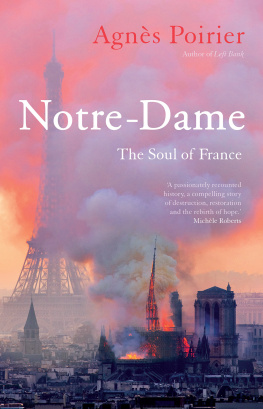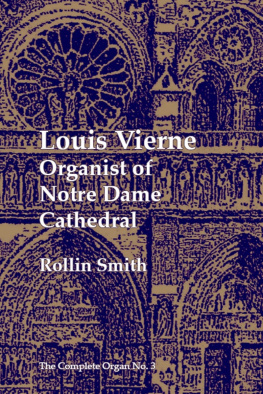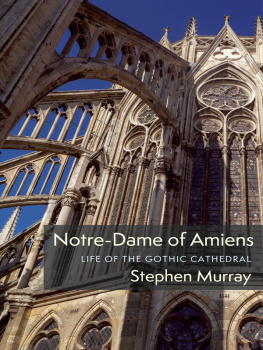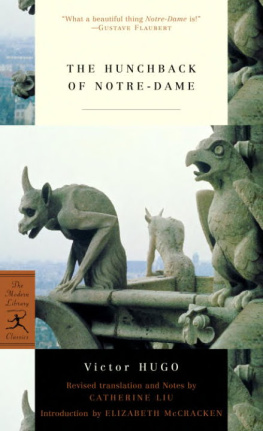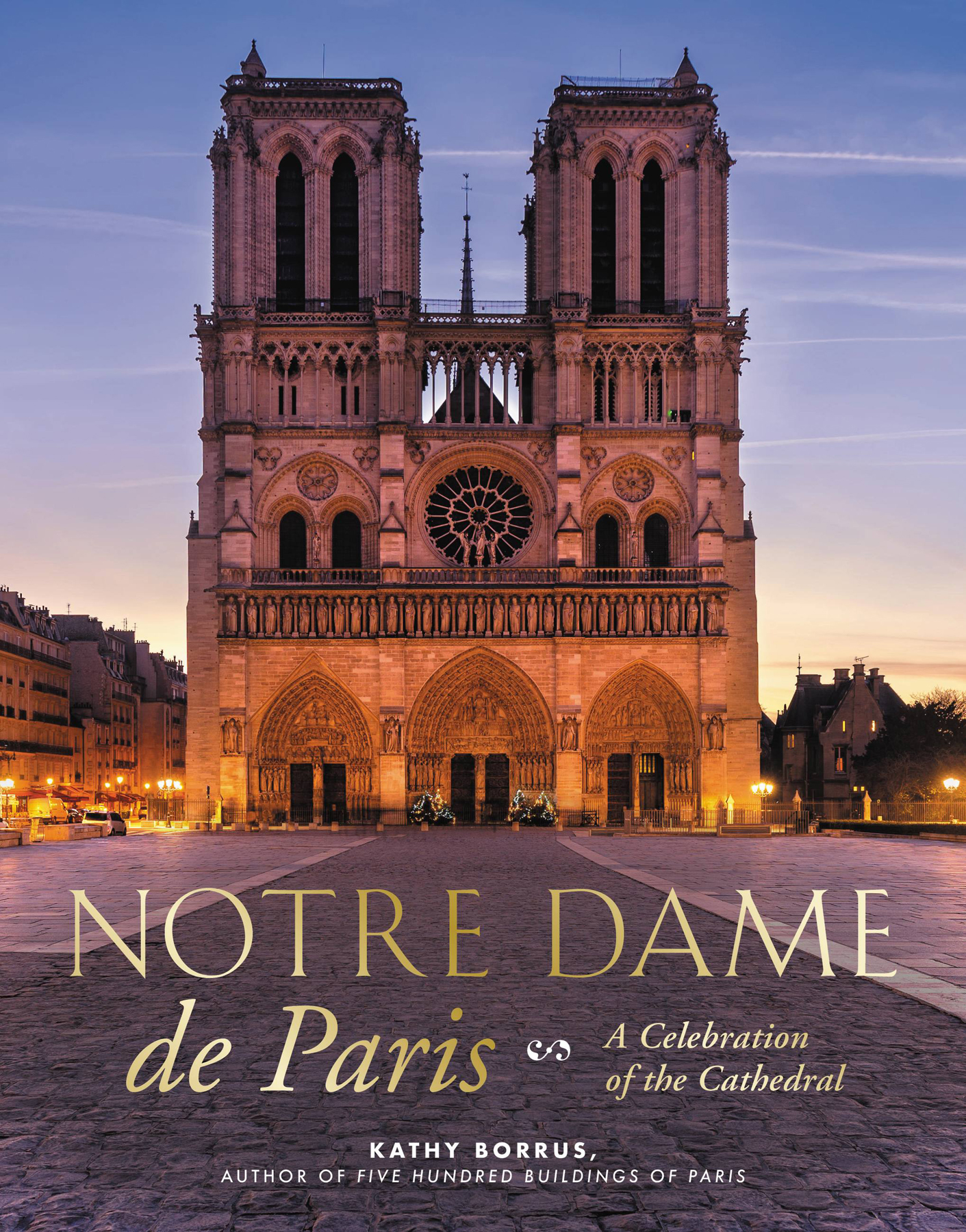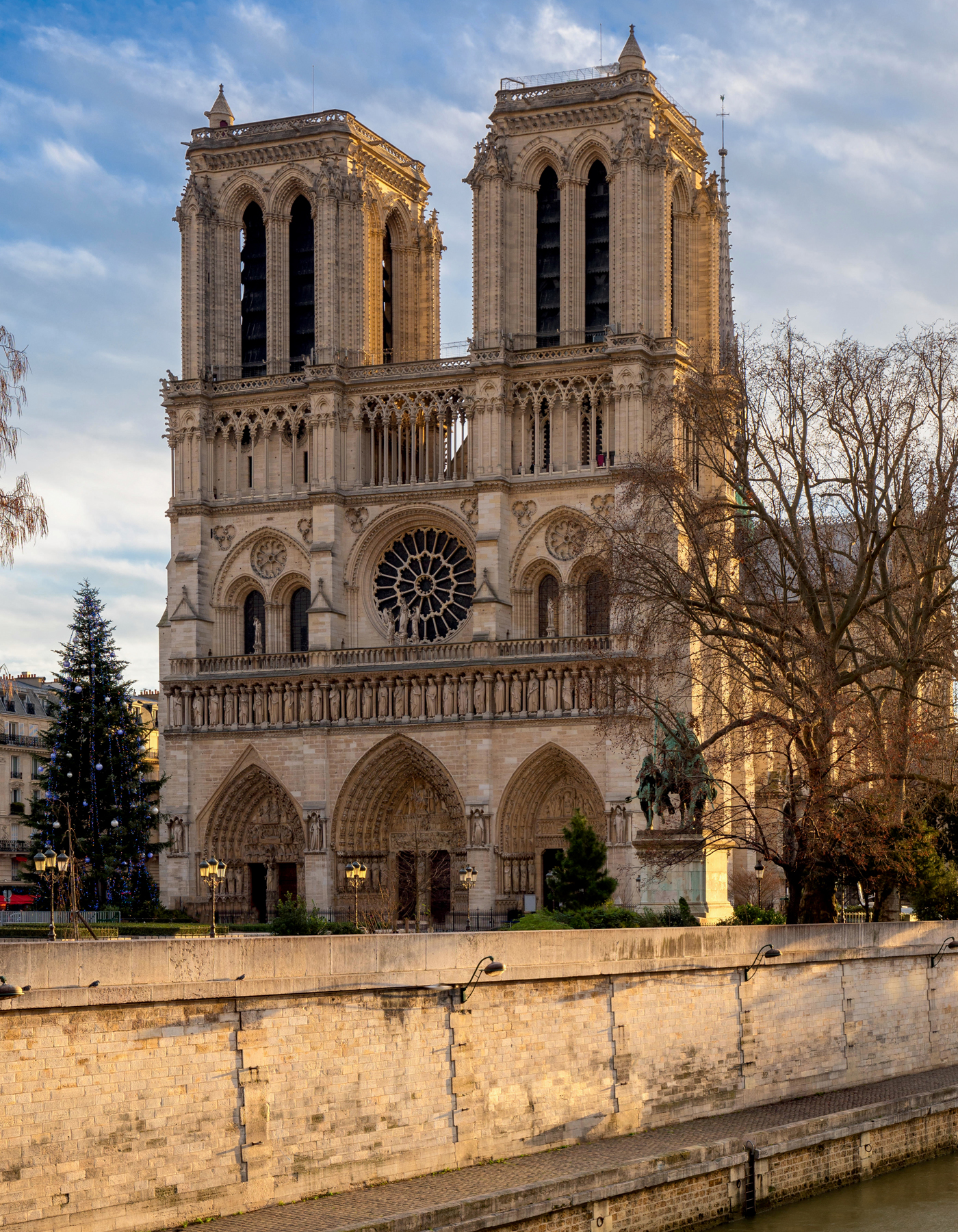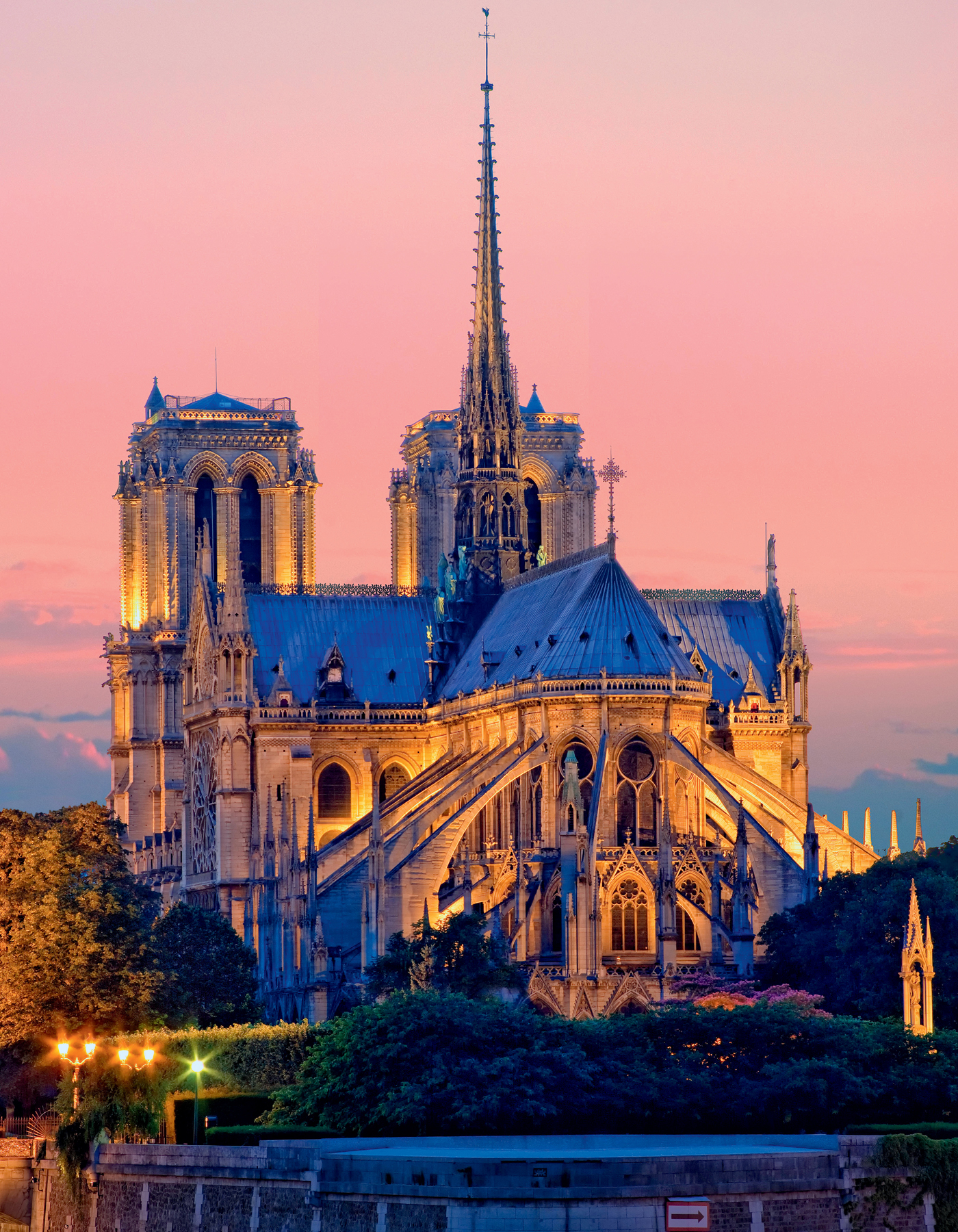Copyright 2019 by Hachette Book Group, Inc.
Jacket copyright 2019 by Hachette Book Group, Inc.
Hachette Book Group supports the right to free expression and the value of copyright. The purpose of copyright is to encourage writers and artists to produce the creative works that enrich our culture.
The scanning, uploading, and distribution of this book without permission is a theft of the authors intellectual property. If you would like permission to use material from the book (other than for review purposes), please contact permissions@hbgusa.com. Thank you for your support of the authors rights.
Black Dog & Leventhal Publishers is an imprint of Perseus Books, LLC, a subsidiary of Hachette Book Group, Inc. The Black Dog & Leventhal Publishers name and logo are trademarks of Hachette Book Group, Inc.
The publisher is not responsible for websites (or their content) that are not owned by the publisher.
The Hachette Speakers Bureau provides a wide range of authors for speaking events. To find out more, go to www.hachettespeakersbureau.com or call (866) 376-6591.
Additional copyright/credits information is .
An electrical short circuit most likely ignited the fire at Notre Dame de Paris on April 15, 2019, the cause of which is still under investigation as of this writing. The surrounding dust and debris may have contributed to the rapidity with which the fire spread. Once sparked, it roared through the triangular lattice structure that framed the attic of the cathedrala forest of dry oak beams from medieval times.
With no firewall or sprinkler system to halt them, the flames flashed across the attic, engulfed the roof, scaled the spire, and blazed into the early evening sky. As dense smoke swirled and intermingled with raging flames above, tears flowed on the streets below.
Shocked onlookers saw the roof crumble and the splendid 300-foot spire disintegrate into the thick night air while the conflagration continued to incinerate the interior. Working late into the night, firefighters wrestled for control of the inferno that consumed Our Lady, Notre Dame. As smoldering ash and flame billowed into the sky and water soaked the limestone exteriorquarried more than eight hundred years agoemergency workers managed to salvage most of the structure. They formed a human chain to rescue much of the art and religious relics.
Among the objects saved were the Crown of Thorns and a thirteenth-century tunic worn by Saint Louis, former king of France. The devastation partially damaged the cathedrals eighteenth-century pipe organ and definitively destroyed many priceless paintings and artifacts. The remains of Saint Denis, a Christian martyr who died circa 258 CE, and Saint Genevive, the patron saint of Paris, that had been previously installed in the cathedrals famous spire are now missing. A gilded cross still stands behind the piet in the cathedrals chancel; charred walls are the churchs only decoration.
Fortunately, human tragedy was averted and no lives were lost. When the first fire alarm sounded, though no fire was evident, the cathedral was evacuated and evening Mass cancelled. Twenty-three minutes later, Notre Dame was ablaze.
In the days that followed, distress and disbelief lingered. But as the clouds of dust and smoke dissipated into the spring air, President Emmanuel Macron declared, We will rebuild. Parisians would clear the debris and start over. Rebuilding and reconfiguring Notre Dame will not be a first. In fact, renovation had been underway when the fire started. Notre Dames history is one of construction and destruction, alteration and restoration, reconstruction and renewal. Its detailed architecture is as complex as its storied past.
Conceived in 1160 when Gothic architecture was the style du jour, Notre Dame is a testament to humanitys artistic ingenuity, a landmark of spiritual majesty, and a striking lesson in architectural modifications made over the centuries. Many of Pariss other famous churches, such as Saint-Sulpice, were also constructed over hundreds of years. Their mismatched proportions are the evidence. But Notre Dame has an elegance of transformative design that the others lack.
In 1345, almost two hundred years after it was conceived, the finished cathedral soared over the le de la Cit in the midst of a medieval warren of narrow, twisted streets and crowded markets. From its origins in the twelfth century, Notre Dame grew to became a model of religious architecture and Gothic exuberance. Notable for the structural symmetry of its famed flying buttresses, Notre Dame, though massive, feels at once lofty and weightless as if prepared to ascend to the heavens.
The site of the building itself, straddling the middle of the river Seine on the le de la Cit, is central to Parisian history. Celtic seaman (aka the Parisii, or boat people) in search of lucrative commerce settled on the island and both banks. Two hundred and fifty years later, in 53 BCE, Julius Caesar tamed the tribe of Parisii and took control, enlarging his empire. Under his direction, the Romans reconstructed the town, enclosed it with a wall, and built a temple to Jupiter on the site of the future Notre Dame Cathedral.
Centuries of conflict and combat ensued, as did foreign occupation. Change was constant. The region dealt with strife from the Franks, benevolence from Charlemagne, and sackings from the Vikings. Religion and politics mixed with trade and commerce, ruin and repair. Rulers came and went. The French monarchy developed along with Christianity. Hugh Capet, king of the Franks, ascended the throne and ruled from 987 to 996. In the early Middle Ages, around 1100, before there was an actual cathedral of Notre Dame, there were cathedral schools that promoted education, one of which was the cathedral school of Notre Dame de Paris. One of its famous students was Pierre Ablardone half of Hlose and Ablard, the famous tragic lovers.
In 1139, the Knights TemplarCatholic military fightersassumed religious control in Paris. From 1137 to 1180, King Louis VII ruled France and worked to create an alliance between his monarchy and the church, often supporting Pope Alexander III. A fan of French Gothic architecture, and desirous of a symbol worthy of his city, Louis VII largely financed the construction of Notre Dame.
In 1163, Bishop Maurice de Sully broke ground over Roman ruins where four previous churches had stood. The original designers and architects of Notre Dame are unknown, but the earliest workmen were stonemasons and craftsmen. From about 1250 to 1258, architect Jean de Chelles designed and built the cathedrals northern transept and began the southern transept. Pierre de Montreuil added the rayonnant rose windows in the second half of the thirteenth century, and Pierre de Chelles and Jean Ravy put finishing touches on Notre Dame from 1296 to 1345, reworking the apse and choir, completing the lofty buttresses, and building the rood screen. At this point, almost two hundred years after conception, the main construction was complete, but additions and refinements continued throughout future generations. From 1699 to 1715, Robert de Cotte created the choir decoration. In 1728, Germain Boffrand rebuilt and restored the crossing vault. And still there was more to come.


